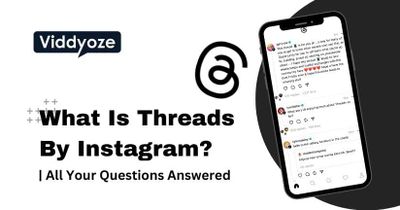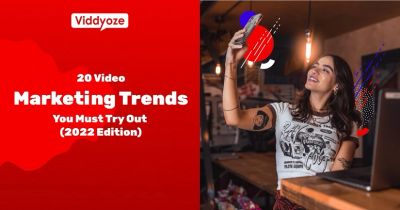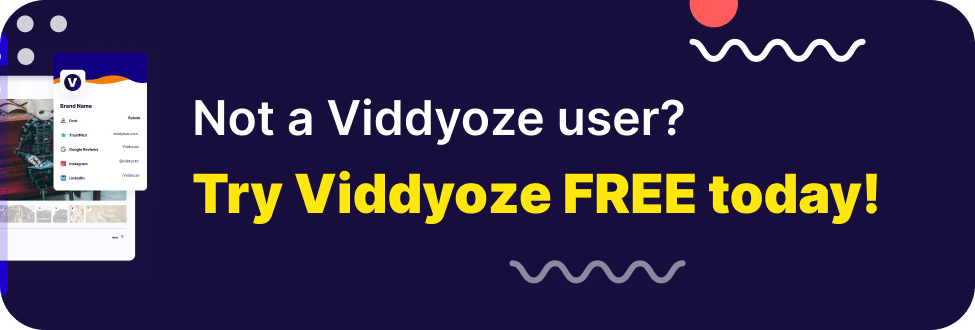Time for a reality check. Most consumers who land on your website from an ad don’t buy a thing. In fact, only 2% are likely to make a purchase after that first interaction.
The rest? Well, they take a little more persuading. And that’s something we learned back in March 2020. To get the best out of your digital advertising, you have to be everywhere. In internet terms, that generally means two places: Facebook and Google.
Here’s how we did it.
The Importance Of Cross-Platform Advertising
Paid advertising is all about the customer journey. To get the best returns, you need to cater for every inch of pathway that a person may take en route to Purchase Town (not a real town, by the way). We noticed very quickly that Facebook is only one small step on that journey.
Originally, when we started scaling our ad spend last March, it was all on Facebook. But over on Google, things were also happening. Almost immediately after ramping things up a bit, we had a 10% bump in searches for our key terms related to our brand (Viddyoze, Viddyoze videos, Viddyoze animations, and so on).
Because of our increased ad spend, more people were searching for Viddyoze
Now, our Google ad spend is pretty modest, but one thing we’ve always done is target our own keywords. The logic behind that is pretty simple: If someone is searching for Viddyoze, we want to make it as easy as possible for them to find us.
Because of our increased ad spend, more people were searching for Viddyoze. Effectively, they were checking us out and making sure we were legit before eventually making a purchase later on. This is cross-platform advertising at its most basic. And for us, it was just the start.
Bringing YouTube Into The Mix
Once we were happy with the way things were going on Facebook, we started looking at YouTube, too.
Like Facebook, the Google-owned video platform has some pretty insane metrics – two billion registered users log in every month and over a billion hours’ worth of videos watched every day.
In short, that’s a lot of eyes. Eyes that you want to get in front of.
As our spend went up, we inevitably sent more people through to our site
Advertising on YouTube has similar benefits to Facebook. The best-case scenario is that a user sees your ad, clicks away, lands on your site and converts. Alternatively, they view your ad, it piques their interest, they look you up on Google, and satisfied you’re not running a scam, they make a purchase.
But there’s more to it than that. You can also use YouTube to retarget people who have seen your ad, done some research, but still haven’t purchased. This significantly ups your chances of making a sale further down the line.
Think of it this way:
- A prospect sees your Facebook ad, clicks on it, looks around and leaves
- Later, that same person Googles your brand name, conducts some more research and leaves
- Much later, that person is watching E. with Joe Wicks. In-between star jumps, they see your ad on YouTube. This time they click on the ad, head to your site and buy your product
- Afterwards, they then return to their star jumps
As time went on, both platforms began to work with each other, as well as independently. That, in short, is cross-platform advertising.
A Word On Retargeting and Using Google Display Network
The above hypothetical buyer journey is an example of retargeting. We’ve talked about this before on Facebook, but it also works for Google products.
Here’s how. You place a tiny piece of code (commonly known as a pixel or JavaScript) onto your site. When a person comes along, this code is added to their browser, creating a cookie. The cookie stores that person’s information (their behavior while on your website). Once they leave, the cookie uses that data to serve your ads back to that person via your retargeting provider later on.
We started retargeting on Facebook and then moved onto Google (YouTube). As our spend went up, we inevitably sent more people through to our site. Although many of these visitors didn’t convert, we were still able to collect their data.
So, the more we spent, the more people we sent to our site, the more data we collected, the greater our retargeting reach became.
Most of our retargeting happens through Google Display Network, a gigantic collection of websites that allows Google to host display advertising. According to Google’s own data, it reaches 90% of internet users around the world.
Trying To Crack Paid Search
The other side of Google’s ad offering is paid search. These are the ads that appear at the top of Google when someone runs a search, and we’ve been dabbling with these since before the pandemic started.
As of yet, we haven’t quite cracked this, but it’s another great way to get in front of a different type of audience: one that might not have seen your ad, or even know who you are, but that ultimately is in the market for a product or service like yours.
The key to this is figuring out what the prospective audience is searching for. If you’re selling something ‘simple’, like books or toys, the keywords you target should be pretty clear.
For businesses like ours, which don’t have an obvious catch-all generic product description – there are a lot of ways to say, for example, “video software” – it’s not quite as straightforward.
What we’ve learned over the past 12 months is that it could be extremely worthwhile – if we can crack it that is. So, watch this space.
Finding The 98%
By the end of the first lockdown, we had a fairly comprehensive cross-platform advertising strategy in place. The results, of course, were the sales. And there were plenty of those.
It’s hard to say how much revenue we made from this approach because, ultimately, it all comes down to either “Facebook” or “Google” in our attribution model.
But if you take that original stat as a benchmark – that only 2% of people buy from your first interaction – it’s safe to say a cross-platform approach only added to our revenue.
This article is part of our What We Learnt Spending $1 Million On Paid Ads Over 30 Days series. Check out the others below:
- There Will Always Be Buyers (Even In A Pandemic)
- How To Build An Awesome Landing Page That Converts
- How To Make a Facebook Video Advert That Actually Converts
- When It Comes To Paid Ads: Test, Test, Test
- Scaling Up: When Things Are Working, They’re Working For A Reason
- Building, Maintaining And Protecting You Brand Online
- The Importance Of Being Everywhere: Our Cross-Platform Ad Strategy
- Paid Advertising: Know Your Numbers
- Video Ads: Accept Things Will Break




